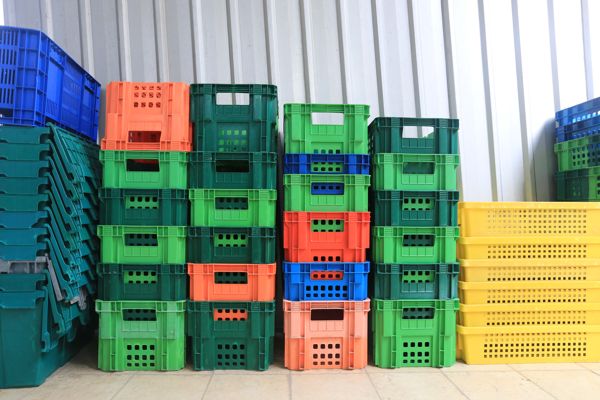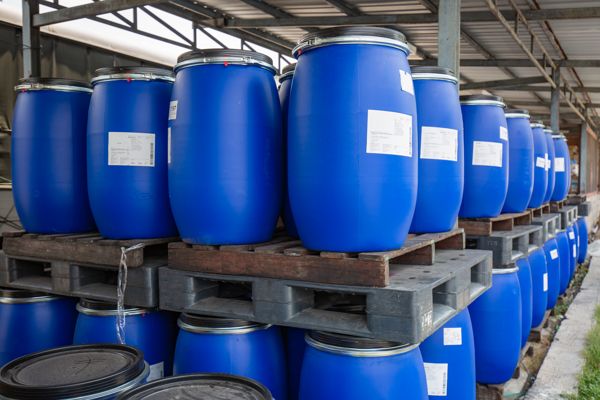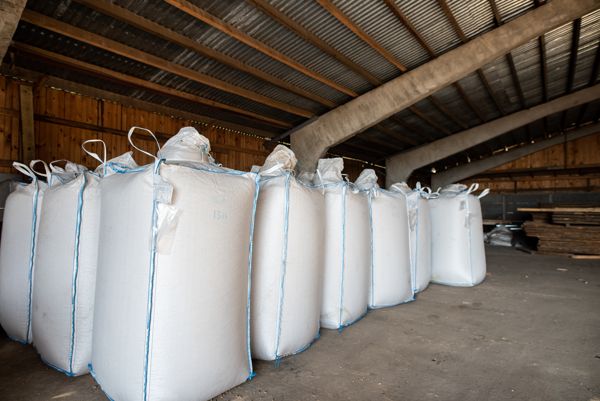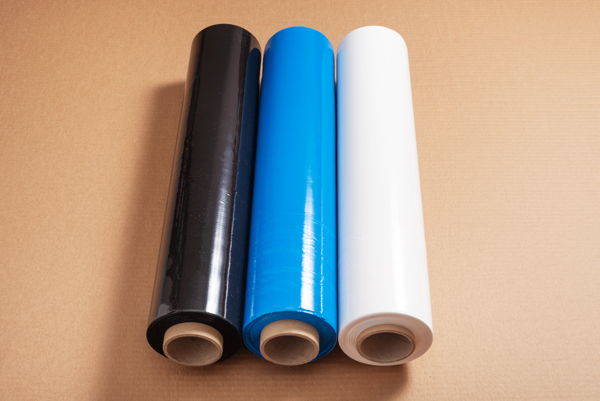Home » Compostable Polymers (PBAT/PLA)
Compostable Polymers (PBAT/PLA)
Types of Bio Compostable Polymers
Polymers for Sustainable Packaging
In the pursuit of eco-friendly and sustainable materials, various biodegradable and compostable polymers have gained popularity, particularly in packaging and other short-term use products. Below are some key polymers that are instrumental in sustainable solutions:
Polylactic Acid (PLA)
Polylactic Acid (PLA) is a biodegradable polymer derived primarily from renewable resources like corn starch or sugarcane. It is widely used in food packaging, disposable utensils, and 3D printing. PLA decomposes into lactic acid through hydrolysis and microbial action under industrial composting conditions. However, its brittleness and relatively low melting point limit its application in certain high-temperature environments.
- PLA is made from renewable resources such as corn starch, and it is commonly used in food packaging, disposable cutlery, and 3D printing
- PLA can break down into water and carbon dioxide in industrial composting facilities.
Key Properties:
- Biodegradable and compostable
- Derived from renewable resources
- Suitable for food packaging, disposable items, and 3D printing
- Limited thermal resistance
Poly (Butylene Adipate-Terephthalate) PBAT
PBAT is a biodegradable, fossil-fuel-based polymer known for its flexibility and excellent processability. It is often blended with other biodegradable polymers like PLA to enhance flexibility and toughness, making it suitable for applications such as compostable bags, agricultural films, and mulch films. Unlike PLA, PBAT can degrade in various environmental conditions, including soil and marine environments, making it a versatile material for sustainable products.
- Poly(Butylene Adipate-co-Terephthalate) PBAT is a polymer that is used sometimes in combination with starch.
- Efforts are on to produce this polymer from renewable sourc- es. Bioplastics guide sees it as a substitute for LDPE and HDPE.
- It is used to make gar- bage bags, wrapping films, disposable packaging and tableware (Cups, Dishes etc.).
- It is not only biodegradable but also compostable.
Key Properties:
- Flexible and durable
- Can degrade in soil and marine environments
- Typically used in blends with PLA to improve flexibility
Poly (Butylene Succinate) ( PBS )
Polybutylene Succinate (PBS) is a biodegradable polyester produced either from petrochemical sources or renewable feedstocks. It is often used in compostable packaging, agricultural films, and disposable items. PBS has better heat resistance than PLA, making it suitable for applications requiring thermal stability. Like PBAT, PBS is commonly blended with other polymers for enhanced performance in specific applications.
Key Properties:
- Biodegradable in both industrial composting and soil
- Good thermal resistance and mechanical properties
- Suitable for compostable packaging, agricultural films, and food service items
Poly (hydroxyalkanoates) ( PHA )
Polyhydroxyalkanoates (PHA) are naturally occurring polyesters produced by bacterial fermentation of sugars or lipids. PHAs are fully biodegradable in various environments, including soil, water, and composting facilities. They can be engineered to have different mechanical and physical properties, ranging from flexible to rigid, depending on the application. PHA’s versatility makes it suitable for a range of applications, including medical implants, food packaging, and agricultural materials.
Key Properties:
- Produced by microorganisms
- Biodegradable in marine, soil, and compost environments
- Suitable for medical applications, packaging, and agriculture
Starch-Based Polymers
Starch-based polymers are derived from natural starches, typically from corn, potato, or wheat. They are biodegradable and can be composted in industrial composting facilities. These polymers are often blended with other materials like PLA or PBAT to enhance mechanical properties. Starch-based polymers are commonly used in packaging, disposable cutlery, and biodegradable films.
- Starch-based polymers are made from renewable resources such as corn, potato, and wheat starch.
- These materials are commonly used in food packaging and bags.
Key Properties:
- Derived from natural starch sources
- Biodegradable and compostable
- Often blended with other polymers for enhanced performance
- Suitable for food packaging, disposable items, and films
Cellulose-Based Polymers
Cellulose-based polymers are derived from plant-based cellulose, the main component of plant cell walls. These materials are biodegradable and can be processed into films, fibers, and other useful forms for packaging and textiles. Cellophane, one of the earliest bioplastics, is a well-known cellulose-based polymer. These materials are valued for their strength, transparency, and biodegradability.
- Cellulose-based polymers are made from renewable resources such as wood, cotton, and hemp.
- These materials can be used in applications such as textiles, paper, and pack- aging.
Key Properties:
- Derived from plant cellulose
- Biodegradable and compostable
- High strength and transparency
- Suitable for packaging films and fibers in textiles
PRM White Applications









